Treatment for Breast Asymmetry
Treatment for breast asymmetry
All patients have a degree of breast asymmetry to a greater or lesser extent and when performing a breast reduction or a breast augmentation it is often possible to correct minor degrees of asymmetry, but we always warn people that there will be some residual asymmetries as it is quite natural to have differences between the two halves of our body.
It is cases of severe breast asymmetry that can pose a challenge and often require a little more thought and planning.
The first question to ask if you have a breast asymmetry, is whether you are happy with one of your breasts.
If you are happy with one of your breasts then it might be possible to just operate on one side to try and make that breast look like your ‘good’ breast.
If you are unhappy with both your breasts, then you may need surgery on both sides.
The next question is whether it is the size or the shape, or both the size and the shape that you are unhappy with.
If it is just the size that you are unhappy with and both breasts are of an acceptable shape, then it will be possible to make the big one smaller by doing a breast reduction or the small one bigger by using breast implants and sometimes and combination of these is required.
Breast implants are very effective at increasing the size of the breasts and although they come in a variety of different shapes and profiles, they do not have a dramatic effect on the shape of the breast.
If it is the shape that you are unhappy with, then your best option would be a breast lift (or a breast reduction if you wanted your breasts to be smaller).
As you can see, surgery for breast asymmetry can often be complex involving a variety of techniques including breast implants which often have to be of different shapes and profiles to give different effects to each breast, breast lifts, and breast reductions.
Whenever different surgery is done to each breast there is a risk that as you age, the breasts will settle differently.
If one breast is smaller and has an implant in, but the other side does not have an implant, then it is likely to be more pert and have a fuller look than the opposite side which is made up of breast tissue, because breast tissue will naturally droop or sag as the years pass.
This is where conversations come in where some patients might want a reduction of a bigger breast to match the volume of the smaller one and then to have the same size implants put into both so that they age in a similar way.
However, this then does bring in the complications associated with implants into a breast that may not have needed them. It is swings and roundabouts.
Plastic surgery is really an art more than a science
and so there is often no easy answers in these situations and it requires a full and frank discussion with your surgeon.
You need to spend time exploring all of your options and will often have to accept that there will be a degree of asymmetry whatever surgery you have.
The aim of surgery is usually to restore symmetry as best as possible to make you balanced while wearing clothes and sometimes out of clothes you will still see some asymmetries and these are often magnified because you have lived with a more significant symmetry in the past.
I think it is important to realise at the beginning that all patients have a breast asymmetry to some degree, so it is usually a case of bringing it back into normal limits rather than achieving perfect symmetry.
We look at the consultation as a partnership between us and you and while we will help and guide you through the process, we will always aim to come to a mutual decision as to what might be the best option for you.
Don’t worry if this does not come in the first consultation.
It often takes two, three, or more consultations before you come up with a clear plan and that is why we only charge for the initial consultation because we want you to feel that you can come back as often as you need to go over things and make sure that you are happy with the plan.
As ever, it is always important to wait until your breasts have stopped developing so ideally you should wait until you are at least 18 before having surgery for breast asymmetry and you should also be happy and stable with your weight before having your breast asymmetry corrected.
You will need to be aware that as time goes on, particularly if you put on weight or have children, your breasts can change and so we always offer all our patients unlimited follow ups in the future because we know that life can be unpredictable.
For more information please download one of my guides and if you would like to arrange a consultation with us, the only plastic surgery clinic in the UK that specialises in breast surgery, call us now to arrange a consultation so that we can go over all of the possible options.


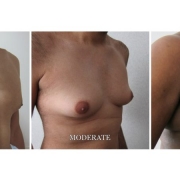
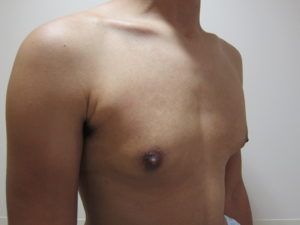
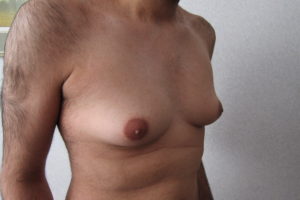
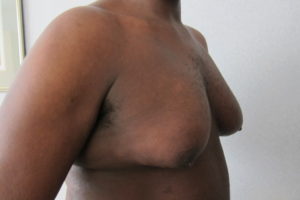


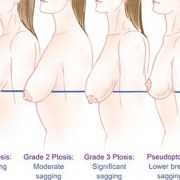

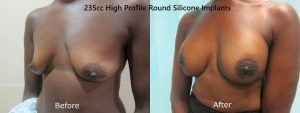

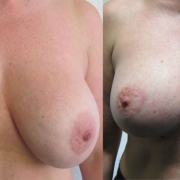

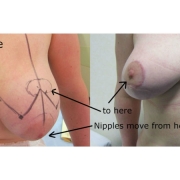
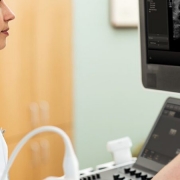
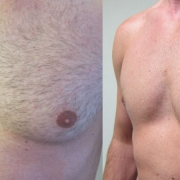
#askjj
Read Jonathan's book now!
Jonathan is on a one man crusade to revolutionise the image of cosmetic surgery and is passionate about spreading his message about cosmetic surgery training.Download our app